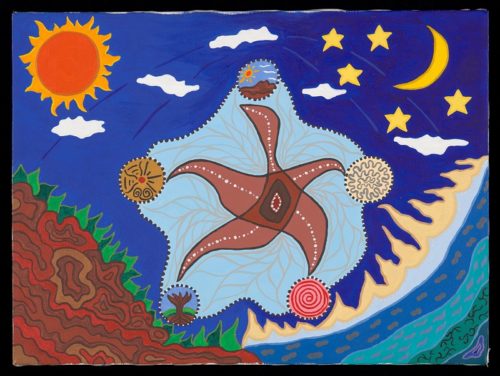
“THIS is just about my favourite day of the year,” National Museum of Australia director Mathew Trinca exulted this morning (December 16) when welcoming the state and territory recipients of the 2021 Australian of the Year Awards and launching an exhibition themed “Reflect, respect, celebrate”.
Earlier, Aboriginal Elder Paul House had urged all those present to live “a respectful way of life” before Dr Trinca said: “It makes us think about what it is to live in Australia when you have to choose one object, reduce your life down to just one thing.”
He was alluding to the tradition, now in its seventh year, that Australian of the Year recipients choose an object with which they have a deep personal connection in order to share the story behind the object with all Australians.
And he made those comments as he welcomed the recipients, Prof Brendan Murphy, commissioner Shane Fitzimmons, Dr Wendy Page, Tanya Hosch, Grace Tame, Donna Stolzenberg, Dr Dinesh Palipana, and on screen from WA, Prof Helen Milroy.
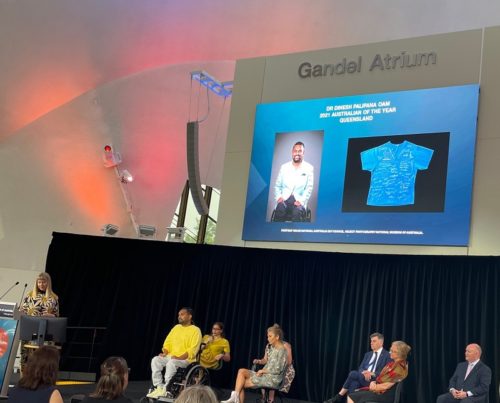
Karlie Brand, CEO of the NMA’s exhibition partner, the National Australia Day Council, said the objects had moved beyond being ordinary possessions and were now extraordinarily significant.
“These items… form part of the narrative of achievement that continues to be told in their daily lives and gives us insight to what inspires and drives them,” Brand said.
Federal Arts Minister Paul Fletcher appeared virtually on a large screen above the recipients, praising them as “remarkable people whose selfless actions have stood out in a year unlike any other in recent times”.
He reflected on how quickly the ACT recipient, Prof Brendan Murphy, had become a well-known public figure overnight because of his work on COVID-19.
An event like this, Fletcher said, was “exactly the kind of the work the museum is there to do”.
Ben Morton, Assistant Minister to the Prime Minister and Cabinet was on hand live with his small daughter, whom he had promised to photograph with the museum’s dinosaur, and said that the lives exemplified in the object showed how “we are all Australians together”.
Curator Lily Withycombe said it could be confronting for some recipients to choose an object. It might be an heirloom or it might be in everyday objects, sitting in front of them, but it had to be sturdy, light-resistant and able and fit within the small showcases they have for touring around the country, so sorry, no surfboards, giant Teddys or tractors, she had told them
Withycombe then proceeded to quiz each of the recipients, who fitted an extraordinary amount of life information into just a few minutes each.

First up was Northern Territory Australian of the Year, Aboriginal health expert Wendy Page, who has worked for more than 30 years to improve Aboriginal health in Arnhem Land. She selected a family heirloom, a photo of the Serenity Prayer, (“God, grant me the serenity to accept the things I cannot change, courage to change the things I can…”) given to her by her parents, as well as a shirt she wears every day while working as a doctor for Miwatj Health Aboriginal Corporation in Yolgnu country.
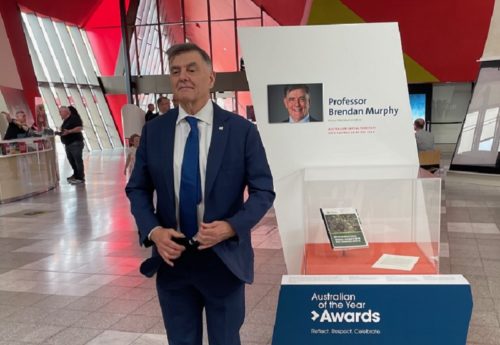
ACT Australian of the Year, Prof Brendan Murphy followed. His object of choice was a coffee-stained copy of the federal government’s COVID-19 pandemic plan, which he took to Cabinet meetings as he encouraged an evidence-based response to “a virus we knew nothing about”.
Murphy praised the public servants who had brought this plan into being.
SA Australian of the Year Tanya Hosch, an advocate for social inclusivity in organisations such as the AFL with the aim of preventing racism and gender diversity, selected a photograph showing the late Dr Raymattja Marika holding Hosch’s then-infant daughter Marley on the very day of Kevin Rudd’s Apology to the Stolen Generation.
Quoting Nelson Mandela, she said: “everything seems impossible until it is done.”

NSW Australian of the Year commissioner Shane Fitzsimmons, the former Rural Fire Service commissioner who guided NSW and a crew of 74,000 firefighters through Australia’s worst fire season, took to the mike just as rain fell outside, saying: “I just love the rain, just not too much of it.”
Fitzsimmons chose an engraved brass nozzle presented to him by his former brigade, the Duffy Fire Brigade, and told those present, “volunteers are at the heart of strong, viable communities”.
Victorian Australian of the Year, Donna Stolzenberg, founder of the National Homeless Collective and a Ngatjumay and Mirnang woman, chose a small statuette of the Hindu god Ganesh, “remover of obstacles”, to remind her of the infinite possibility in every day. She has another one to keep at home but said: “Ganesh will travel but I can’t.”
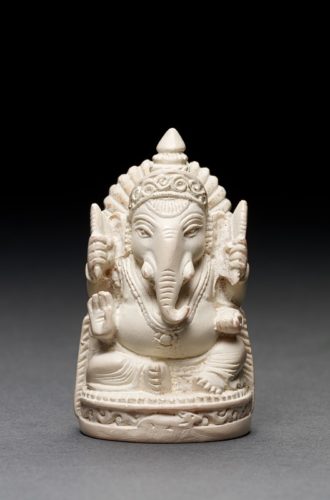
2021 Queensland Australian of the Year, Dr Dinesh Palipana, selected scrubs, signed by the friends, colleagues, family and emergency workers who had helped him on the night of his accident that resulted in quadriplegia while he was a young student. Now working in a busy emergency departments, he strives for inclusivity and research into spinal cord injuries.
Compared to war-torn Sri Lanka where he was born, he said: “I feel Australia is paradise.”
Tasmanian Australian of the Year, Grace Tame was next. A survivor of sexual assault and advocate for others, she chose a book with the first 5000 names of individuals who supported #LetHerSpeak campaign to change Tasmania’s state law that prevented survivors of sexual assault from speaking publicly. With names and zip codes from all over world, it showed her that even people who had ostracised her at first signed it.
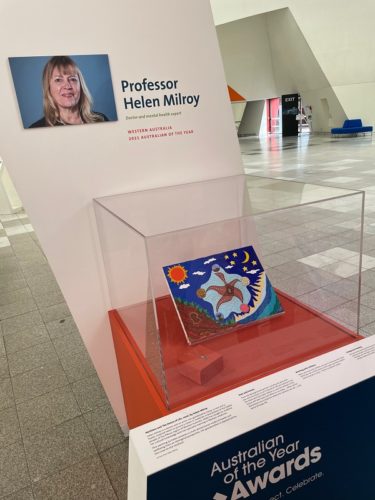
Finally, appearing on screen from her very green home balcony, WA Australian of the Year, Prof Helen Milroy, a descendent of the Palyku people of the Pilbara region and the first indigenous doctor, brought a rare artistic note to the event.
Her chosen object is a painting she made representing “The Dancing Life” of health and wellbeing from an Aboriginal perspective and by a pendant in which her “kind sweet and generous” grandmother Daisy, a carer and a healer, is represented by a crow within the artwork, contesting negative views of Aboriginal Australians. Now a painter and a psychiatrist, Milroy said: “When you are creative you can be more innovative, it’s important to have a more holistic view.”
Dr Trinca wound up the launch event by advising those present, and everybody for that matter, “go home choose an object and tell your own stories”!
Australian of the Year Exhibition, at the National Museum of Australia, until February 14.
Who can be trusted?
In a world of spin and confusion, there’s never been a more important time to support independent journalism in Canberra.
If you trust our work online and want to enforce the power of independent voices, I invite you to make a small contribution.
Every dollar of support is invested back into our journalism to help keep citynews.com.au strong and free.
Thank you,
Ian Meikle, editor

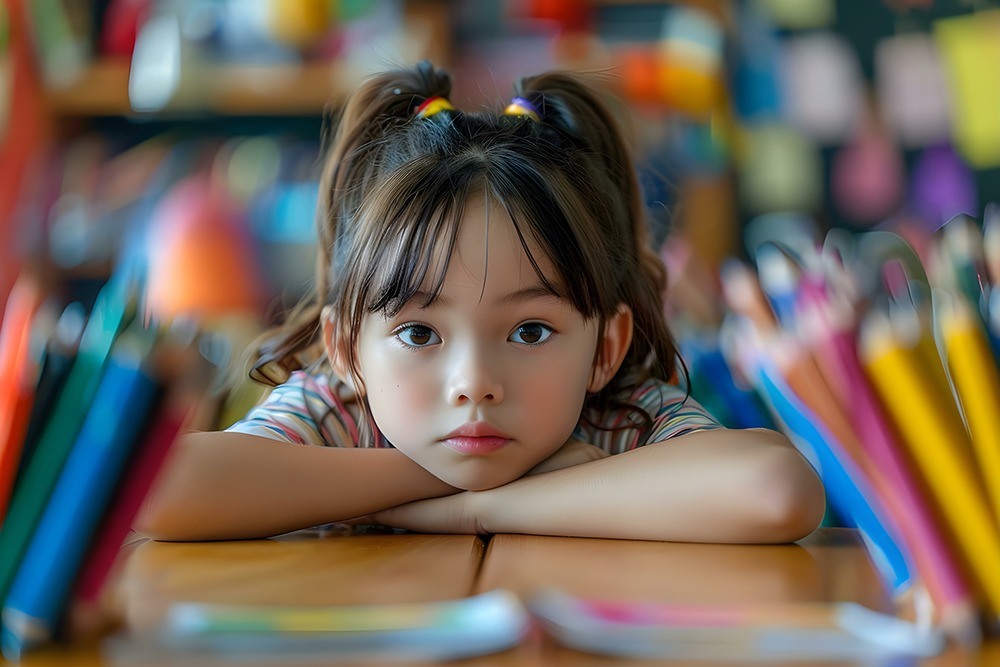
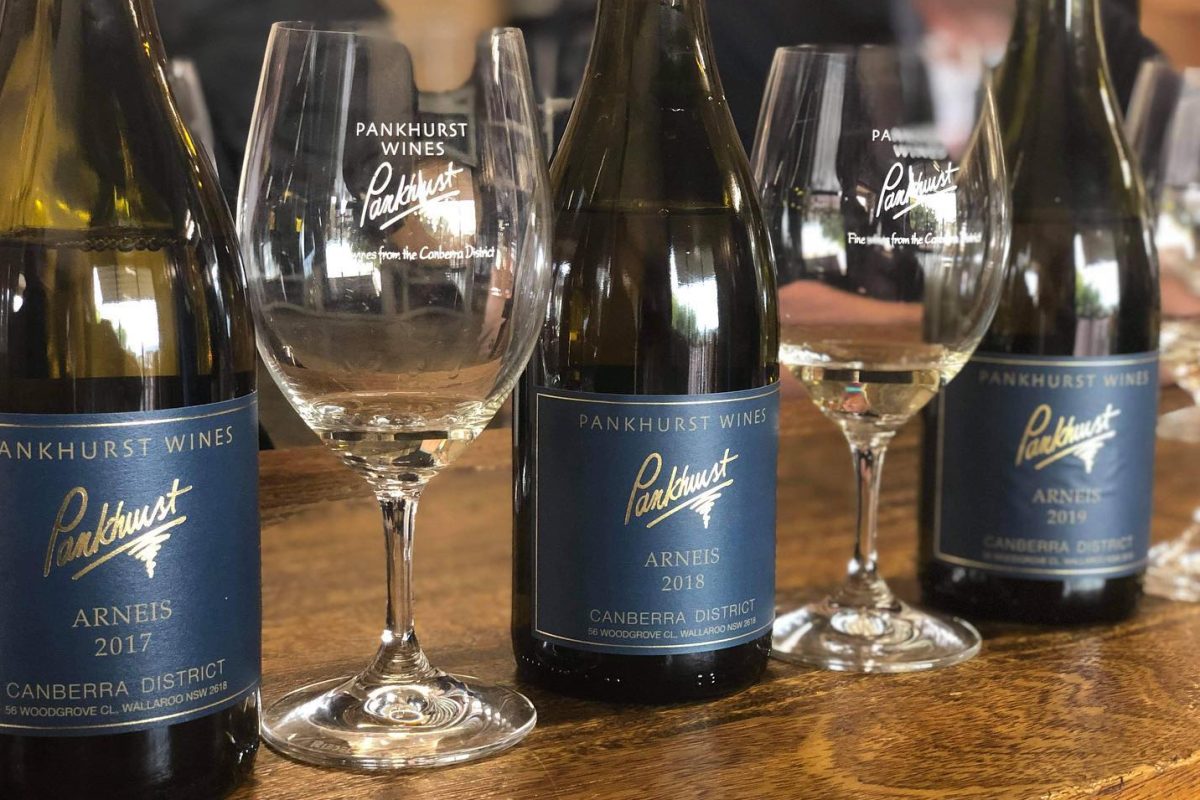

Leave a Reply